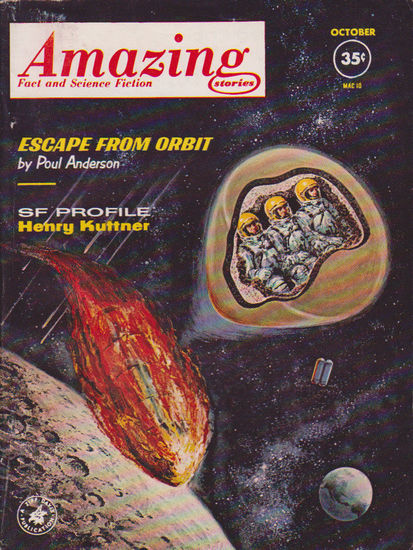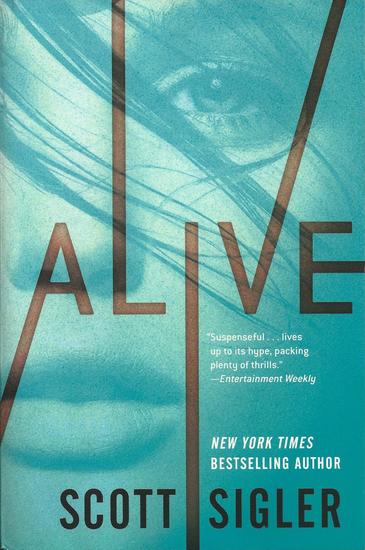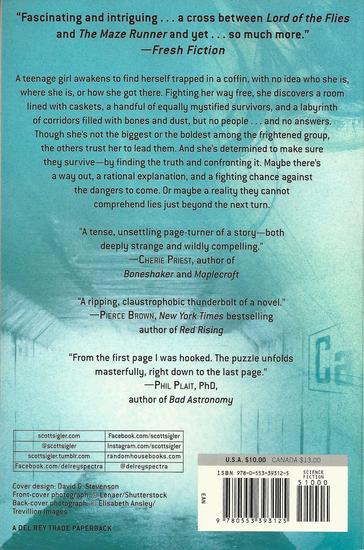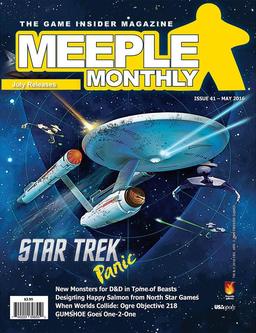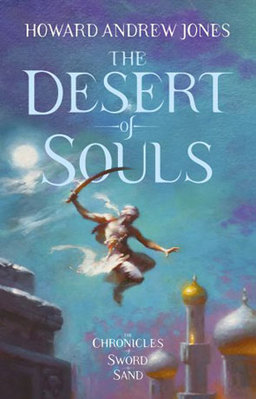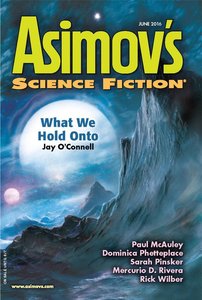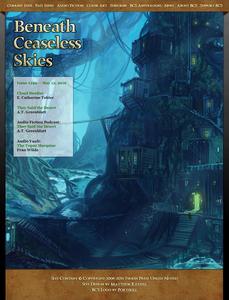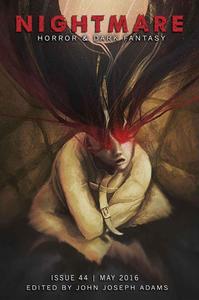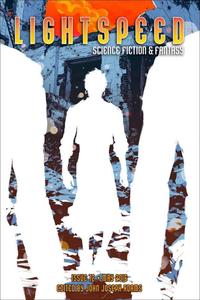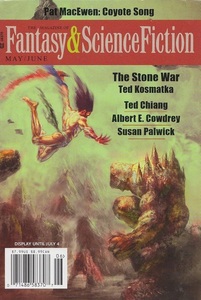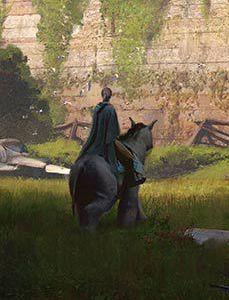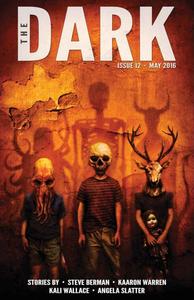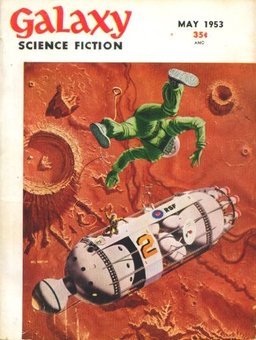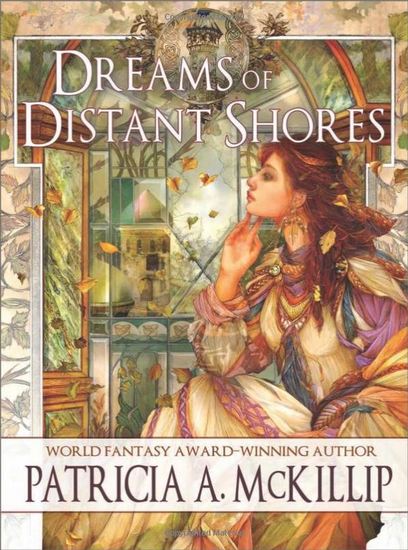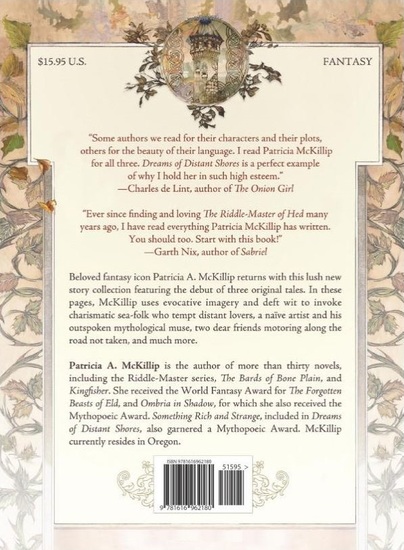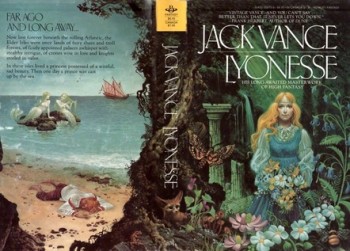The Further Adventures of Cija the Goddess: Jane Gaskell’s Atlan Saga, Part II

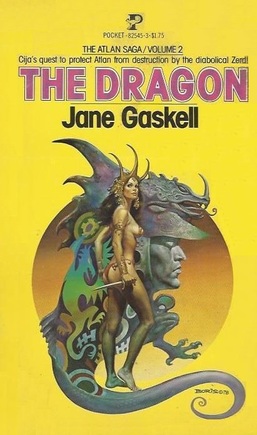
A Tale of Two Books
Back in December I wrote about Jane Gaskell’s classic 1960’s fantasy novel The Serpent. We pick up the story with a book that’s been published here and there as the second in the series, The Dragon.
Calling this Book Two is a bit of a misnomer, as certain publishers have included this slim volume as part of The Serpent. For our purposes (and because the Orbit Futura series I have at hand separated them into two distinct volumes), I am referring to it as a separate book. My copy weighs in at 206 pages of small print, continuing the exploits of our reluctant heroine, the young goddess Cija.
The two-book split is preferable in at least one sense, in that it acts as a visual divide that emphasizes events in the tale.
You see, our heroine is growing up. From her secluded upbringing we saw her blunder from point to point in The Serpent. She was naïve and had a skewed sense of the real world, having had only books — chiefly romances and sagas — to help her form opinions in her youth. One got the distinct impression that life happened to Cija.
That kind of inherent fatalism starts to change in The Dragon.
Of course, there’s another advantage to having two editions – awesome cover art. I would love to know who painted the covers of the Orbit Futura series, but the artist isn’t credited. One needs a magnifying glass to appreciate it fully, but the cover of The Dragon is not only captivating, in my humble opinion, but also shows that the artist has done his homework, as it depicts events within the book almost as accurately as the author’s fine prose.
